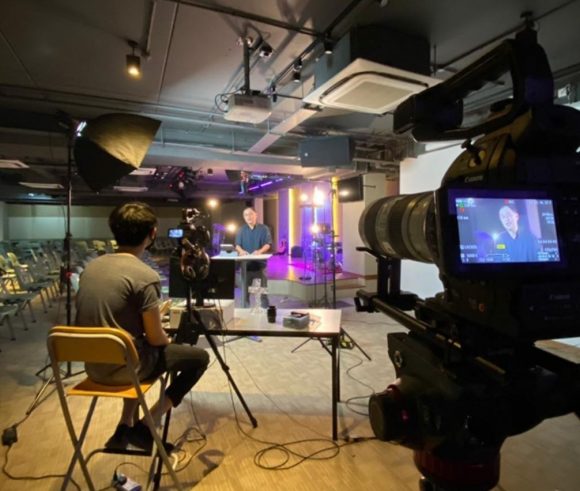Let us face it: online worship is here to stay – for the next two years, at least. Unlike on-site worship, that has established norms that developed over many generations of church culture, online worship has none. NORMS IN ON-SITE AND ONLINE WORSHIP On-site worship service norms are clear and established. Not so with online […]
The circuit breaker re-opening phase 2 allowed for more gatherings for religious meetings. What are the new rules and how are churches responding to this?

